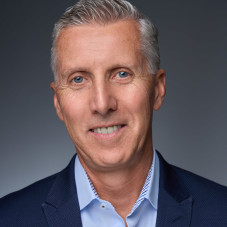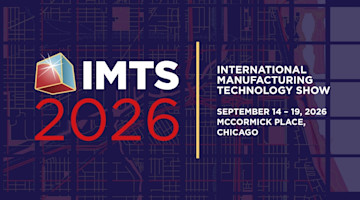The sky is blue, water is wet, and finding people to hire seems impossible. While running an organization has never been easy – whether you’re at the top or somewhere other than the proverbial corner office – it would not be an exaggeration to say that the upheavals companies are facing as a result of the pandemic make it all the tougher today.
For the past year, companies have grappled with the “Great Resignation,” an exodus of workers deciding to retire, or leave the workforce to take care of their children due to the uncertainty of in-person schooling, or just “find something else,” whatever that may be.
But hiring great staff only seems impossible because there are still people out there who are ready, willing, and able to contribute to your organization – or to your competitors’ outfits. These people are going to go somewhere, so you should work to attract them to your company.
Difference and Pride
One of the things that I have found to be an effective way of getting people to join organizations that I have been a part of – including AMT – is to make sure that there is an understanding that what we are doing is something that is different, special, and valuable – in short, something that people can feel proud to do.
Ideally, passion and excitement are part of doing the job, regardless of whether that job takes place on the factory floor or in a customer’s operation, whether it is in the engineering center or a supplier’s shop.
While you might think that this is some sort of fanciful notion, let’s face it: People give their best when they know what they are doing is important. The job of a leader is to make sure their team members thoroughly understand that what they are doing is important.
No, that’s not an easy assignment. But the return on investment – which is essentially your commitment to change and to communicate the importance of it – can be immense.
Your Competitors Want Your Business
Part of my understanding of business is that there are plenty of competitors who are interested in putting you out of business. This is not just the case when there are inflection points in an industry that drives massive change – which gave rise to former Intel CEO Andrew Grove’s book “Only the Paranoid Survive” – but simply when competitors do something that makes your offerings to the market less appealing to customers. (Which is not to say that there won’t be Grove’s inflection points, too.)
So, the goal is to continually figure out how to do things better – and not just things that your company has been doing but things it hasn’t done and things that can change the value proposition you’re offering.
A company that promotes pushing the envelope – a company that makes it fundamental to its culture that change is good because to not change is to stagnate and die – is the kind of company that will attract the best people. But change risks failure.
Two Abiding Rules
My grandfather, who started from nothing and built a successful manufacturing business employing 1,200 people, taught me two things about business that I keep front of mind:
Success never surprises you if you keep working for it. It doesn’t happen automatically.
Failure is going to happen. The trick is to fail fast and recover. Nothing’s wrong with failure. Let’s say you go down the road fast and find you’ve gone the wrong way. So, you turn around, quickly go back to the starting place, and go in a different direction. Going slow and being unwilling to change direction is the problem.
If you create a company that promotes driving forward and learning from failure as integral parts of its way of work, you are likely to have a company that is going to attract those people you need.
And, importantly, keep them.
Douglas K. Woods
President
AMT – The Association For Manufacturing Technology





